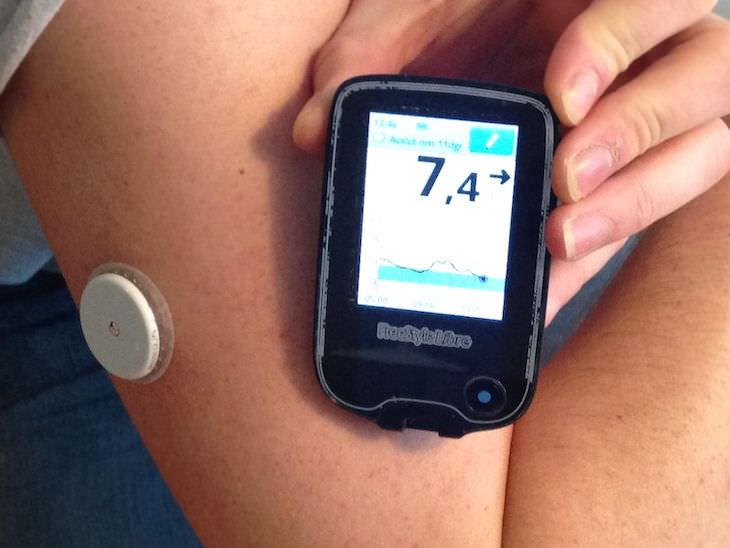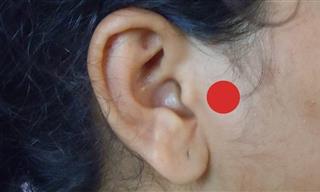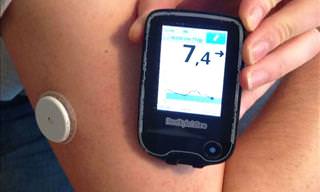One of the unpleasant adjustments diabetes patients must get accustomed to is regular finger pricks as a means to monitor blood sugar levels. A new study suggests that there is a more efficient and painless way to monitor diabetes. The clinical trial published in the Journal of American Medical Association (JAMA) found that the use of a real-time glucose monitor helps patients manage their condition better in the long term.
Over the course of 8 months, the researchers followed 175 diabetes patients who used a continuous glucose monitor (CGM) instead of a standard blood glucose meter. During this time, the group’s overall hemoglobin A1C levels dropped by 1.1 percent. The blood sugar of participants using a lancet, on the other hand, only dropped by 0.16 percent. Remarkably, the group using continuous glucose monitors spent an average of 3.8 hours more each day within the optimal range of blood sugar and 3.6 hours less in the dangerous high-glucose range.
This study is among the first ones to focus on type 2 diabetes patients who use basal insulin, the long-lasting variety which is taken once or twice a day. Earlier research had shown that the monitors improved glucose control for patients with type 1 diabetes as well.
CG monitors are to become the new standard, according to the study
Along with testing the functionality of continuous glucose monitoring, the team also looked at the impact these devices have on patients’ quality of life and how they aid in the management of their condition. With the help of a continuous monitor, participants were better able to manage their blood sugar levels throughout the day. As a result, life satisfaction scores increased as well.
A CGM works through a tiny sensor inserted under your skin, usually on your stomach or arm. The sensor measures your interstitial glucose level, which is the glucose found in the fluid between the cells. The sensor tests glucose every few minutes, and a transmitter wirelessly sends the information to a monitor.
“For me, what’s most exciting is that this work demonstrates that using continuous glucose monitoring is effective in substantially improving blood sugars levels and decreasing the risks of hypoglycemia in those that were randomized to use a continuous glucose monitor compared with the usual finger-prick,” said one of the authors of the study, Rodica Busui, M.D., Ph.D., vice chair of clinical research at Michigan Health’s Department of Internal Medicine, in a university release.
Busui added that he and his team hope that this game-changing technology soon becomes available to all patients with diabetes.
Share this article with those who will find it useful!
 Go to BabaMail
Go to BabaMail

























